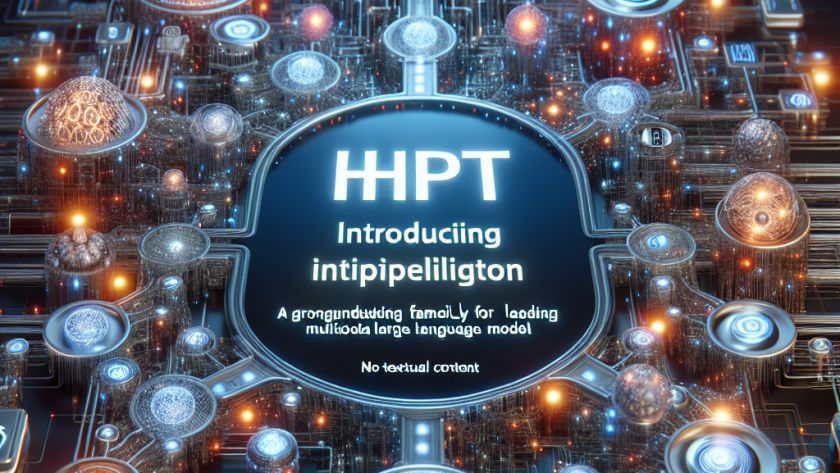Data scientists and engineers often encounter difficulties when collaborating on machine learning (ML) tasks due to concerns about data reproducibility and traceability. Software code tends to be transparent about its origin and modifications, but it's often hard to ascertain the exact provenance of the data used for training ML models and the transformations conducted.
To tackle…











